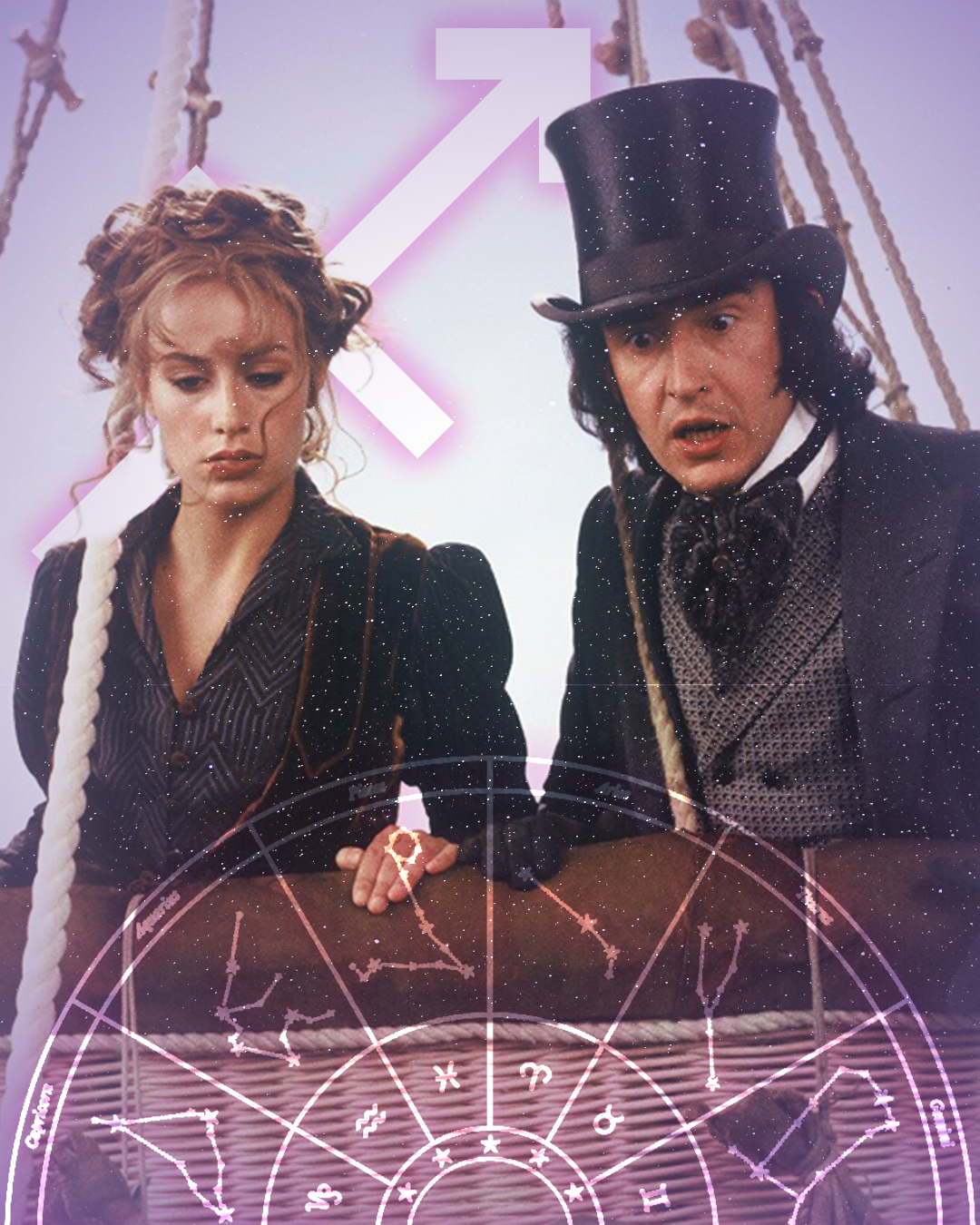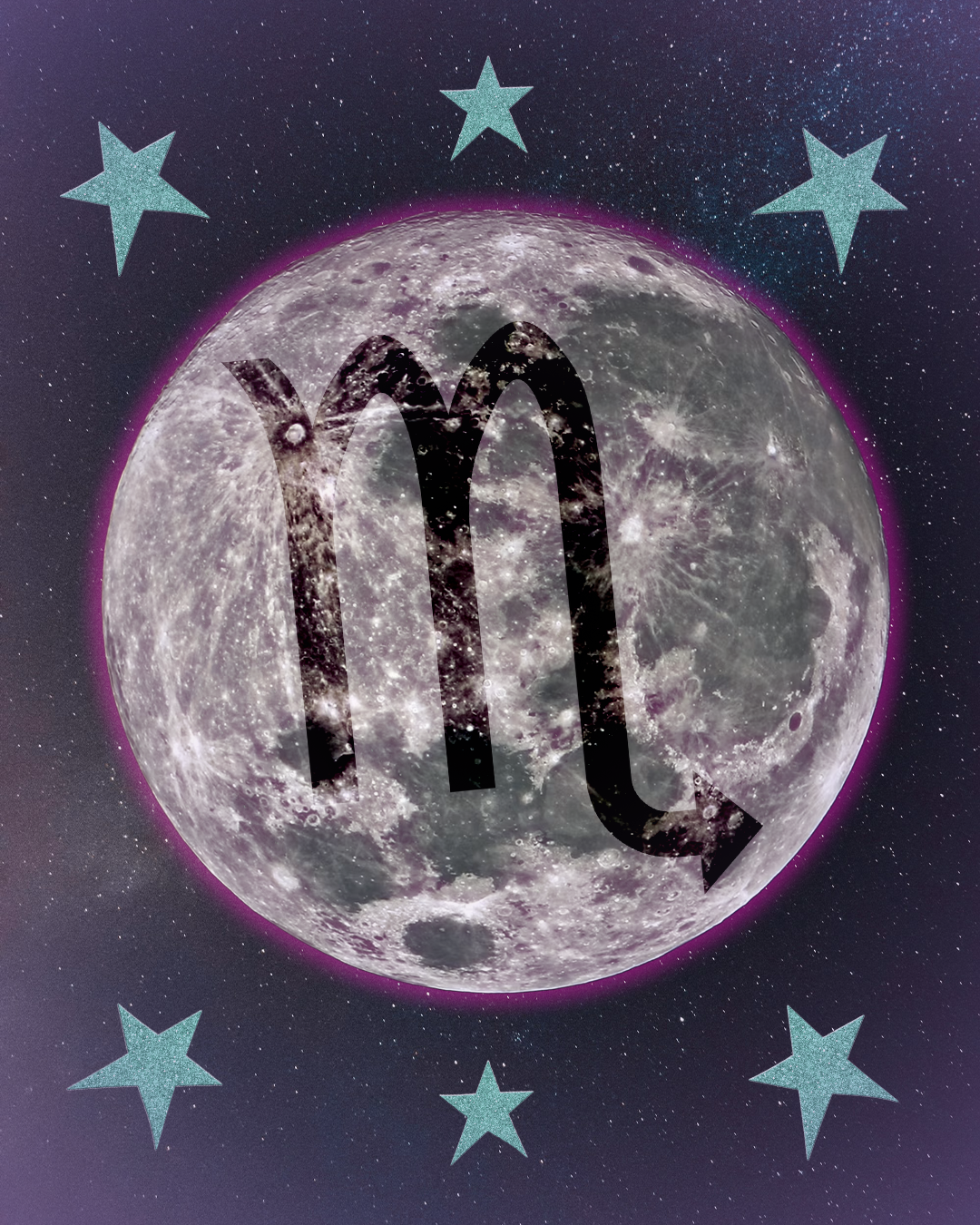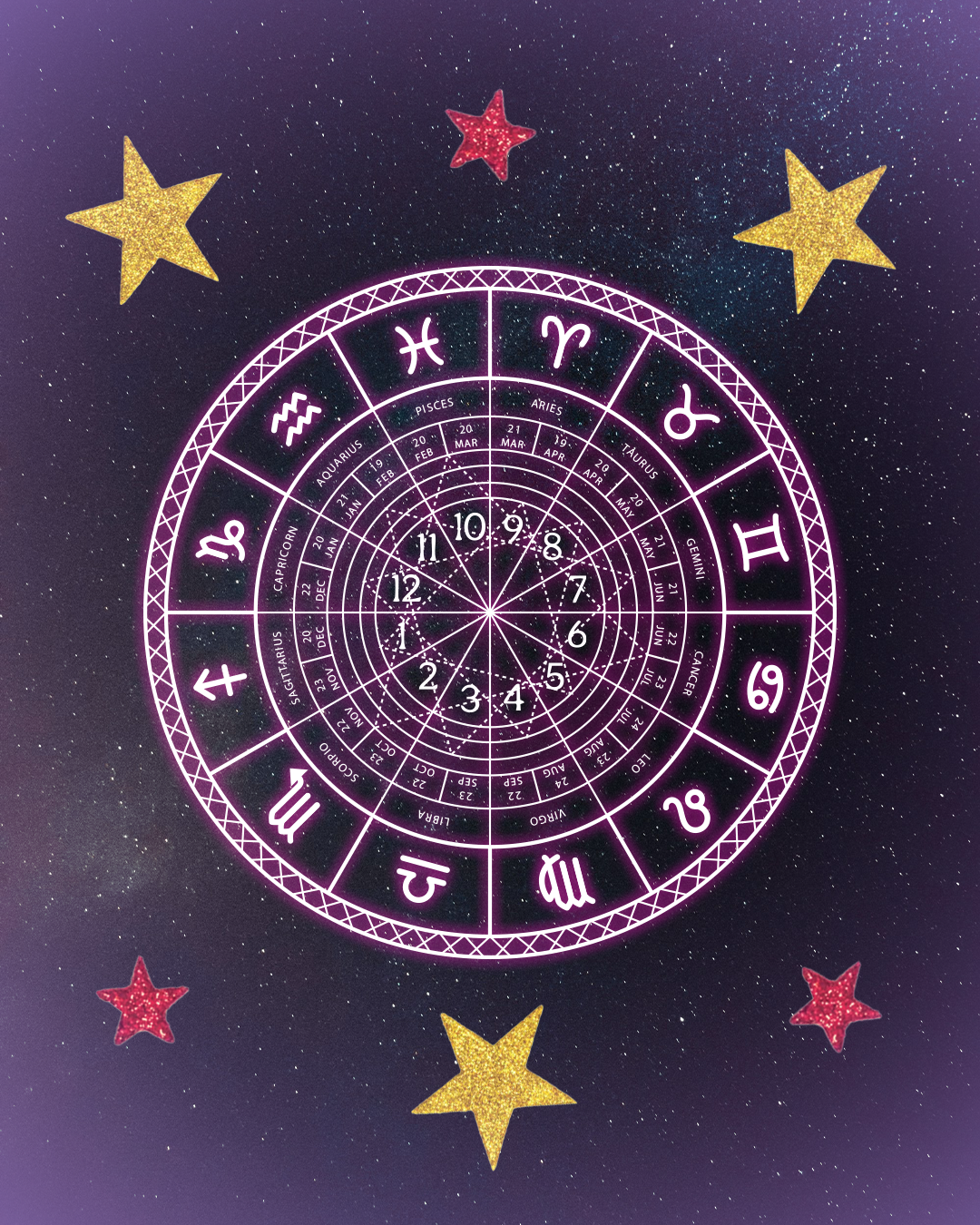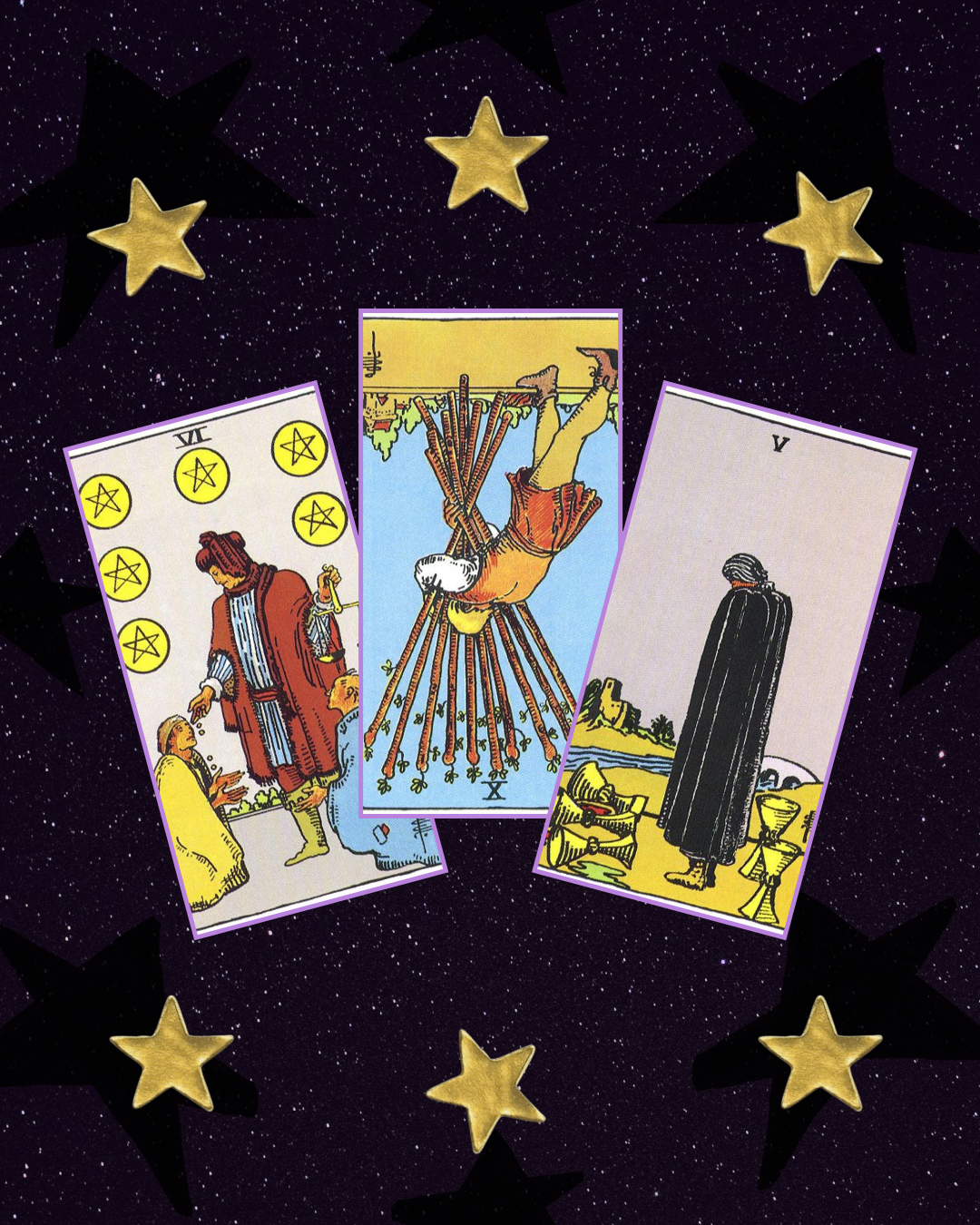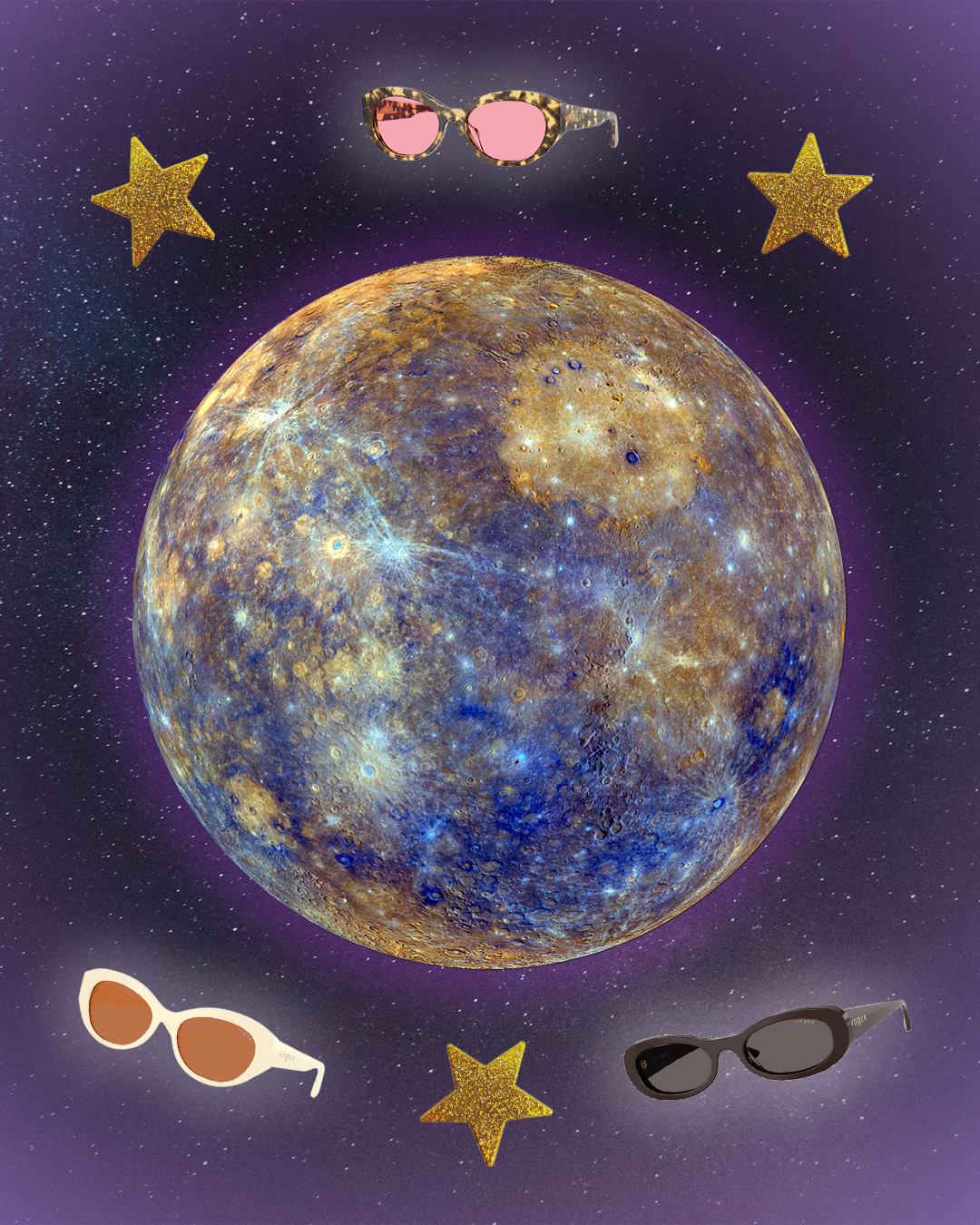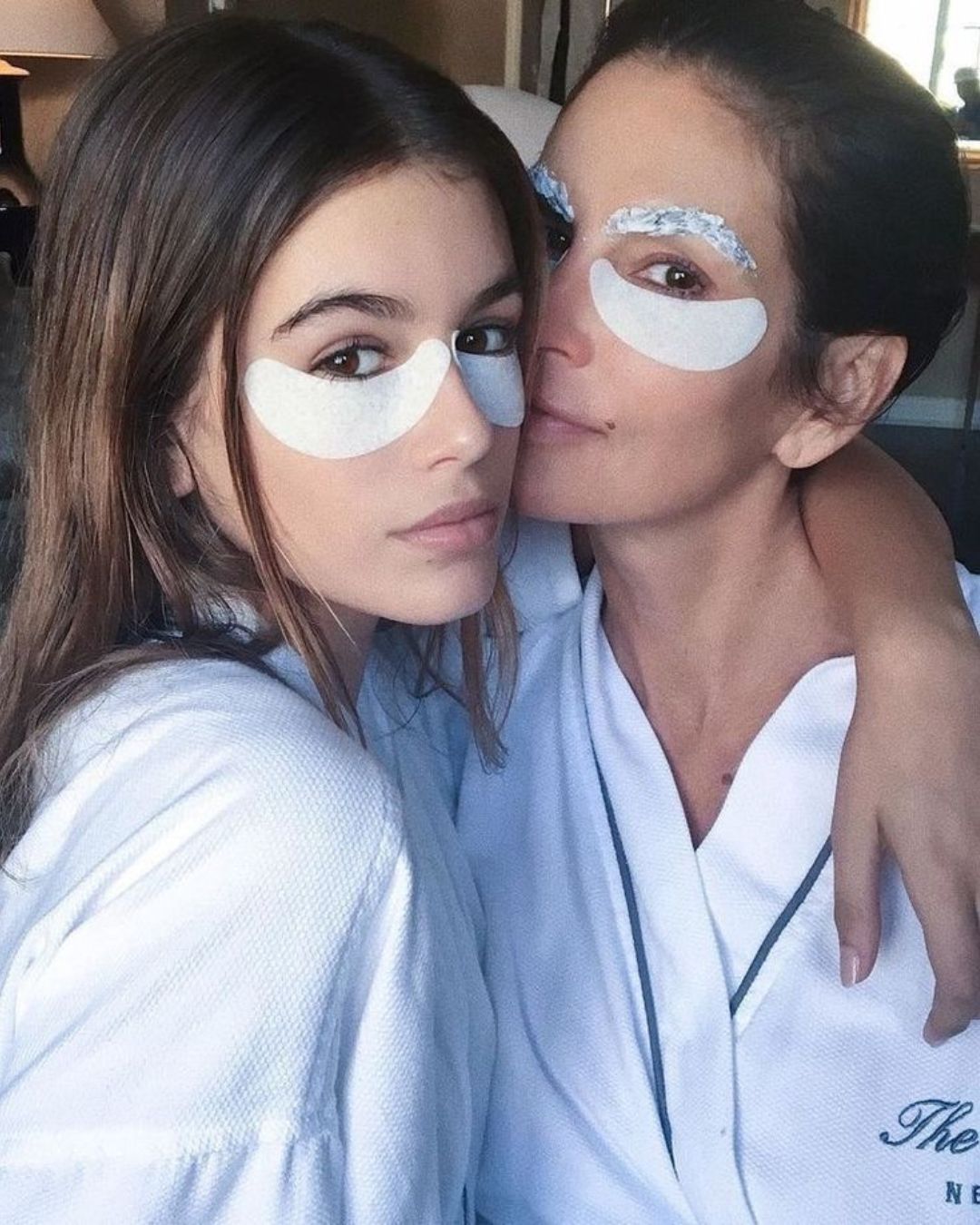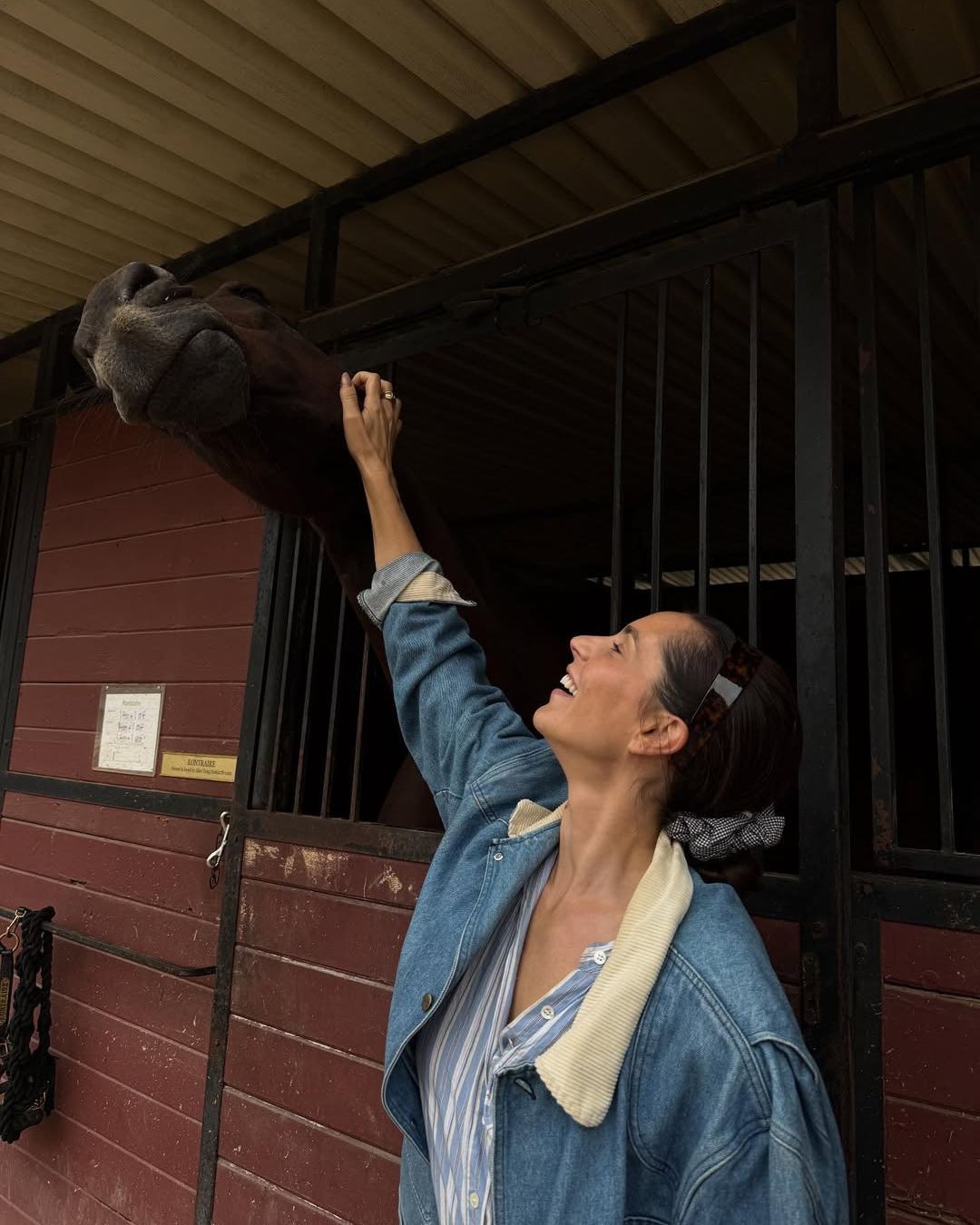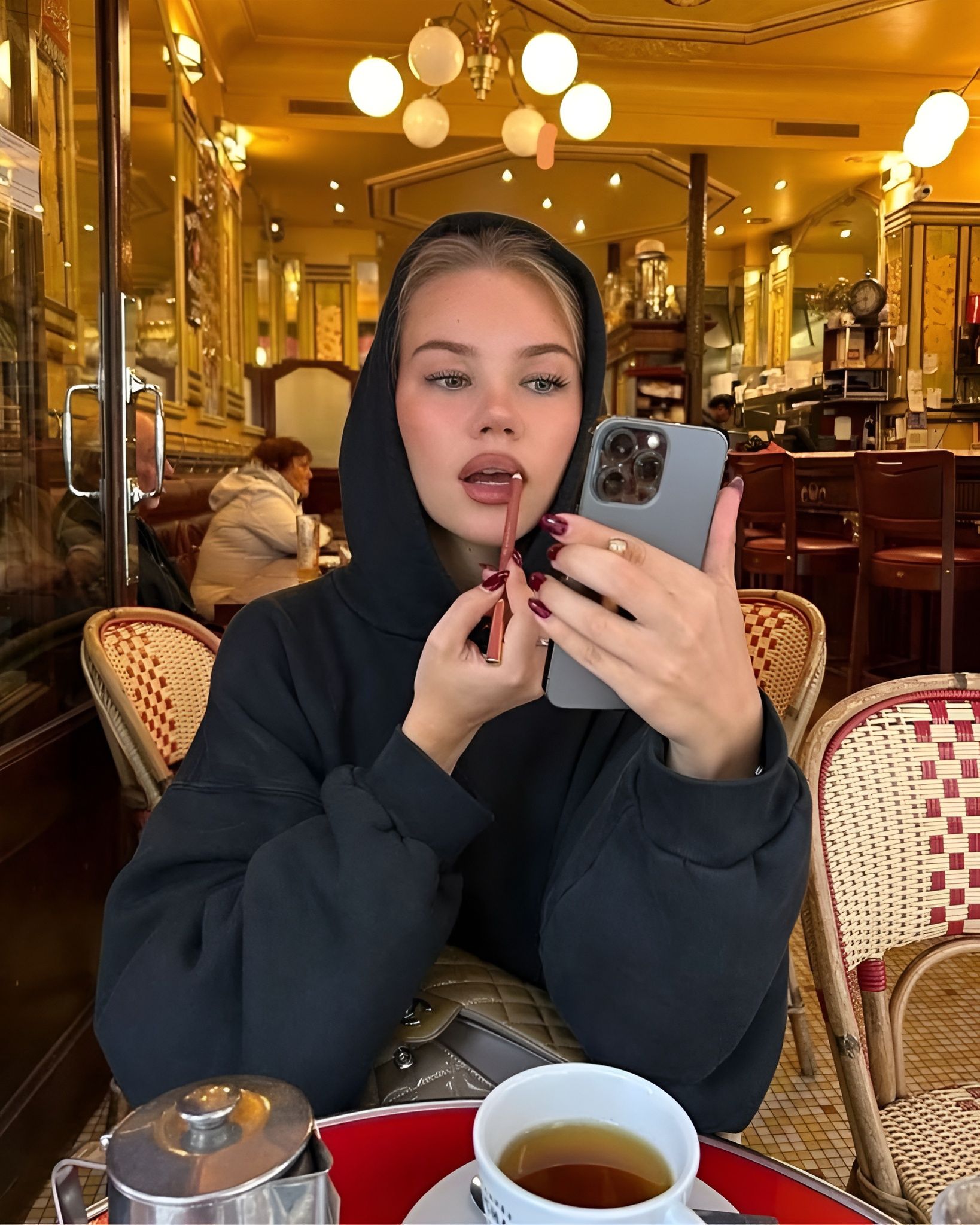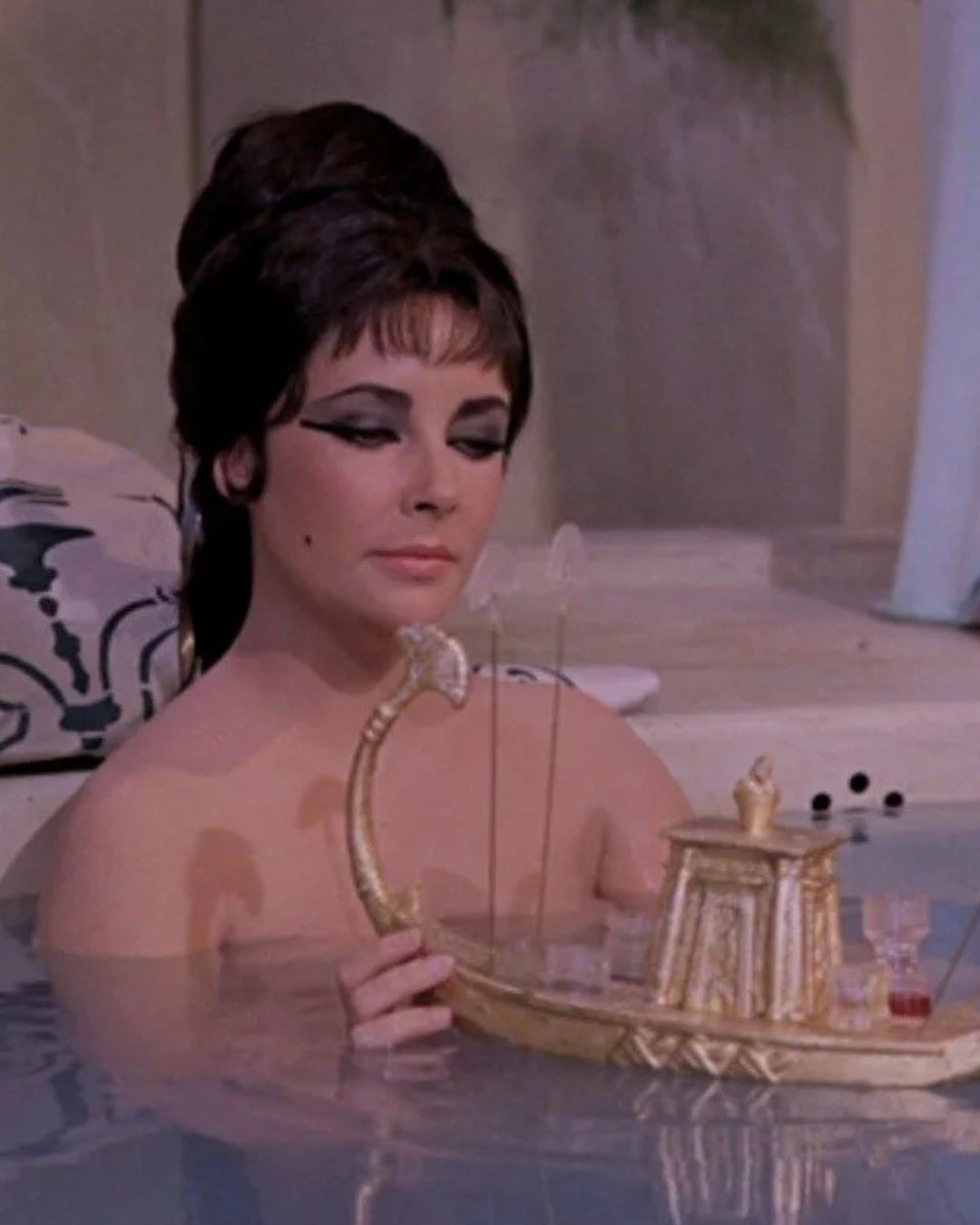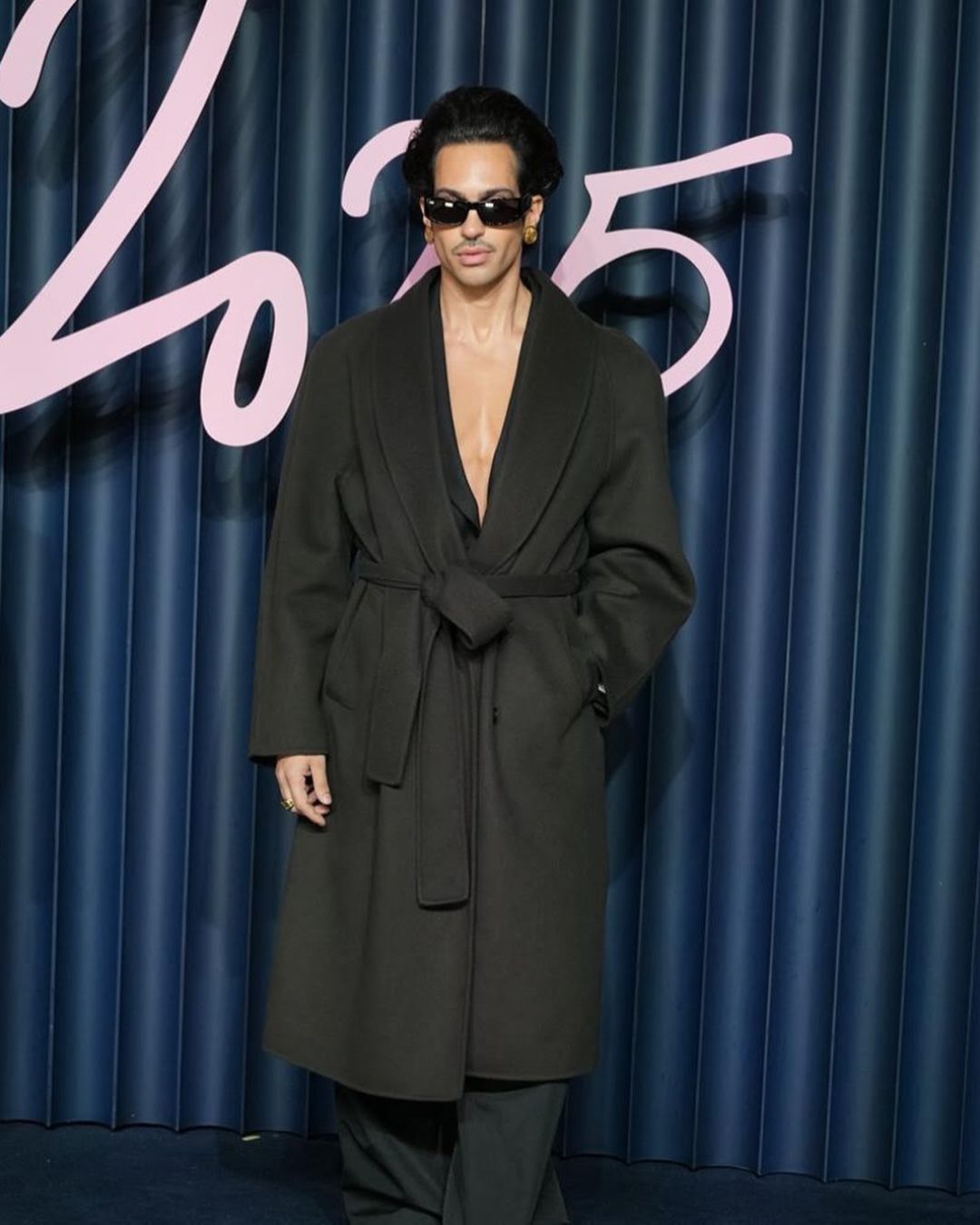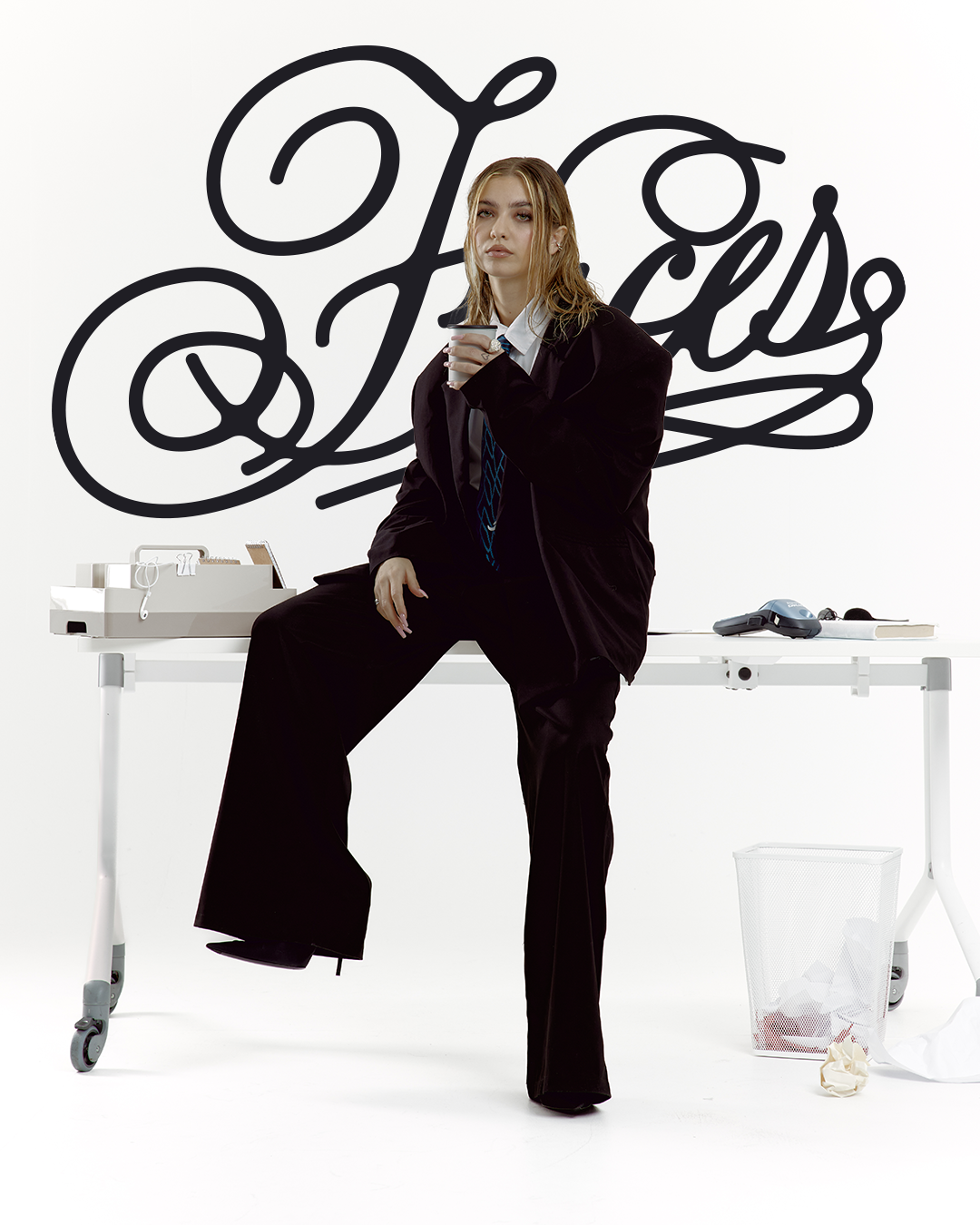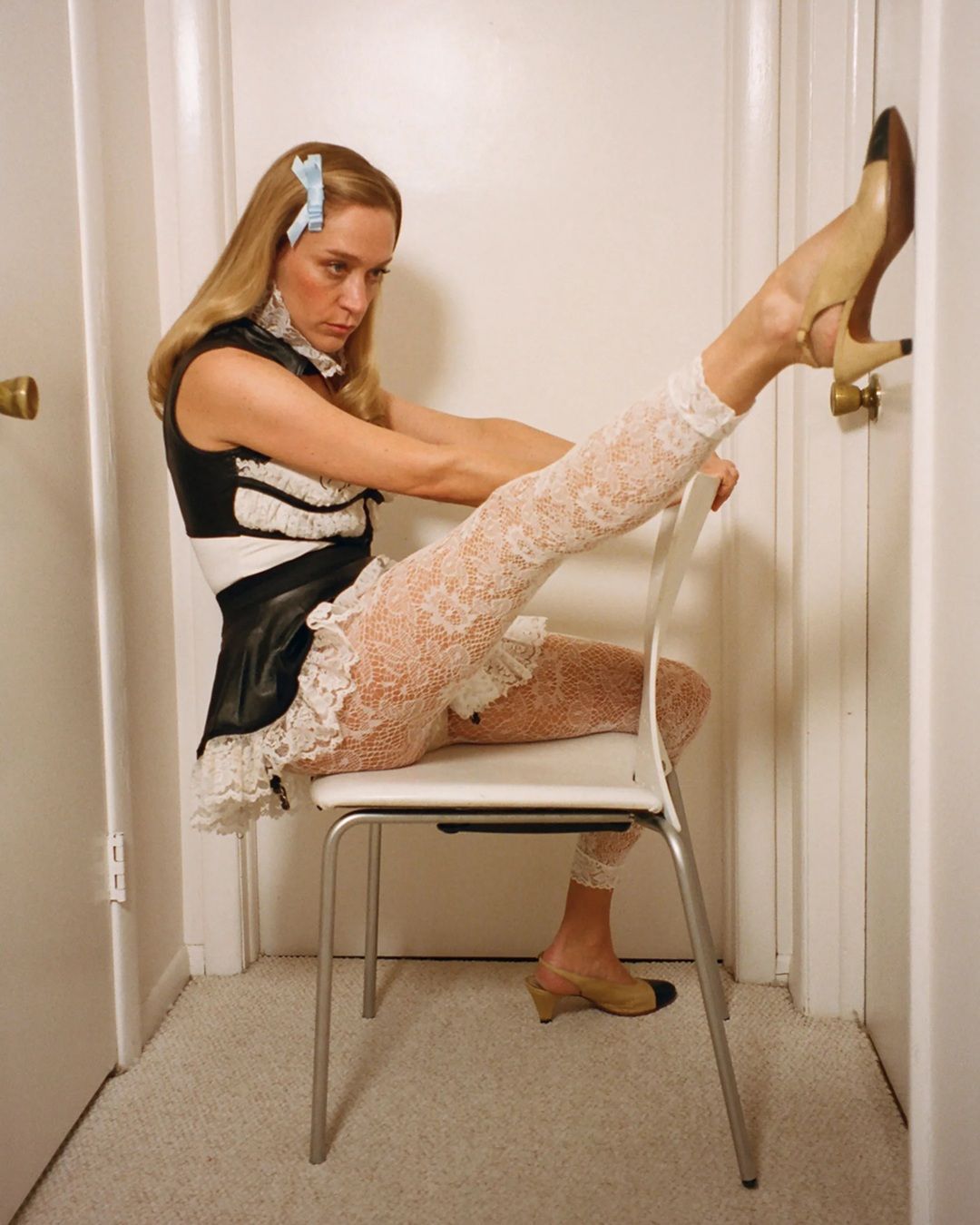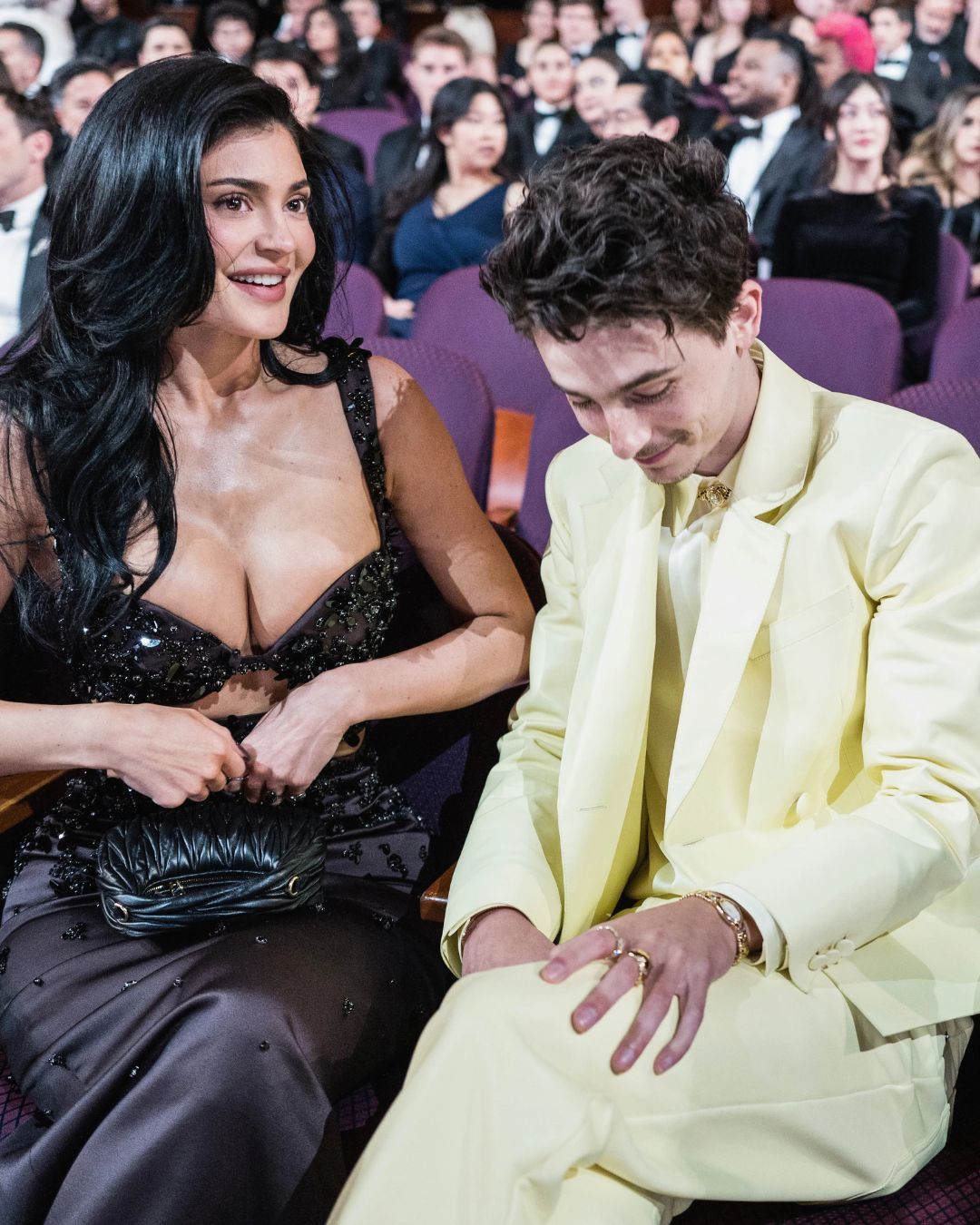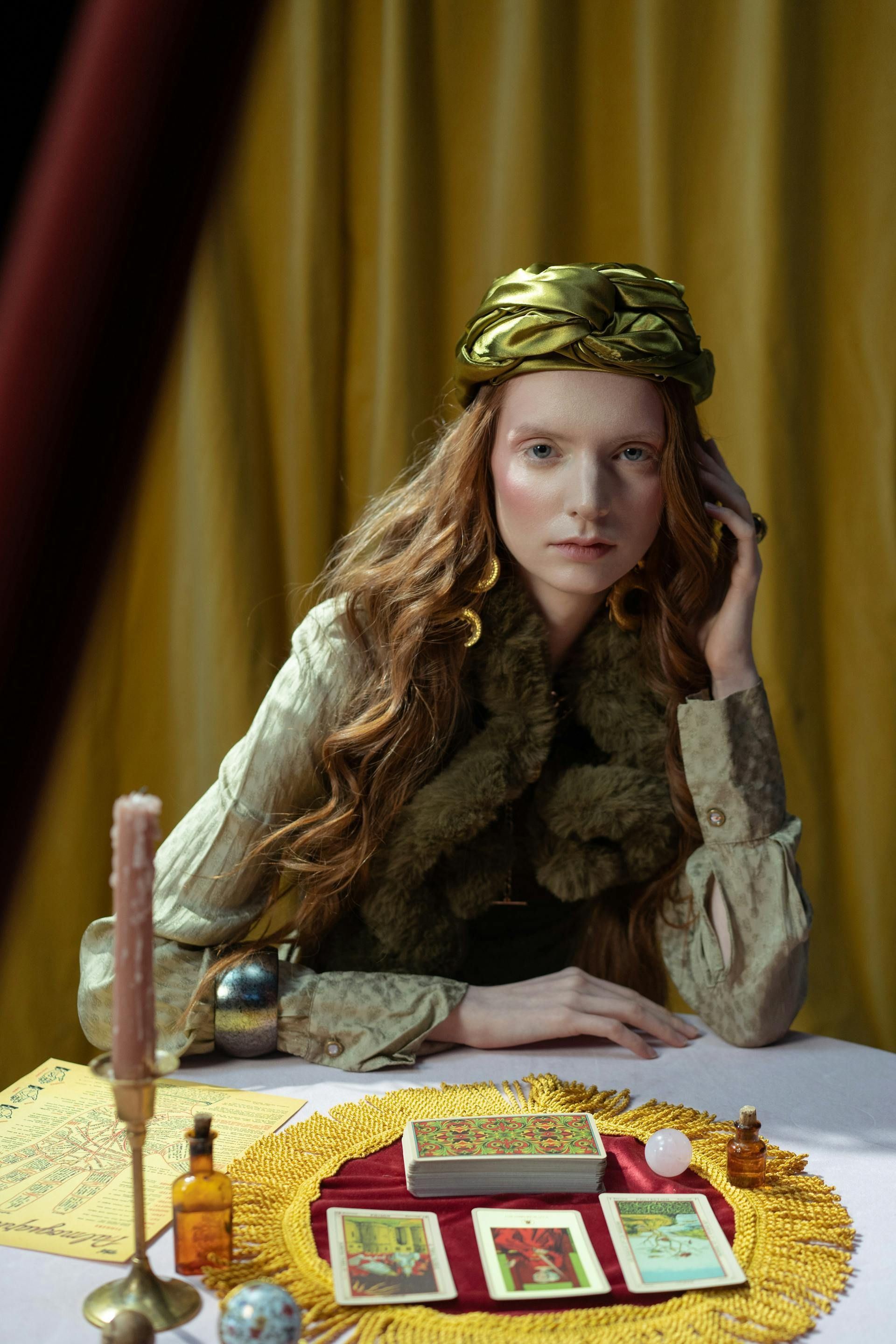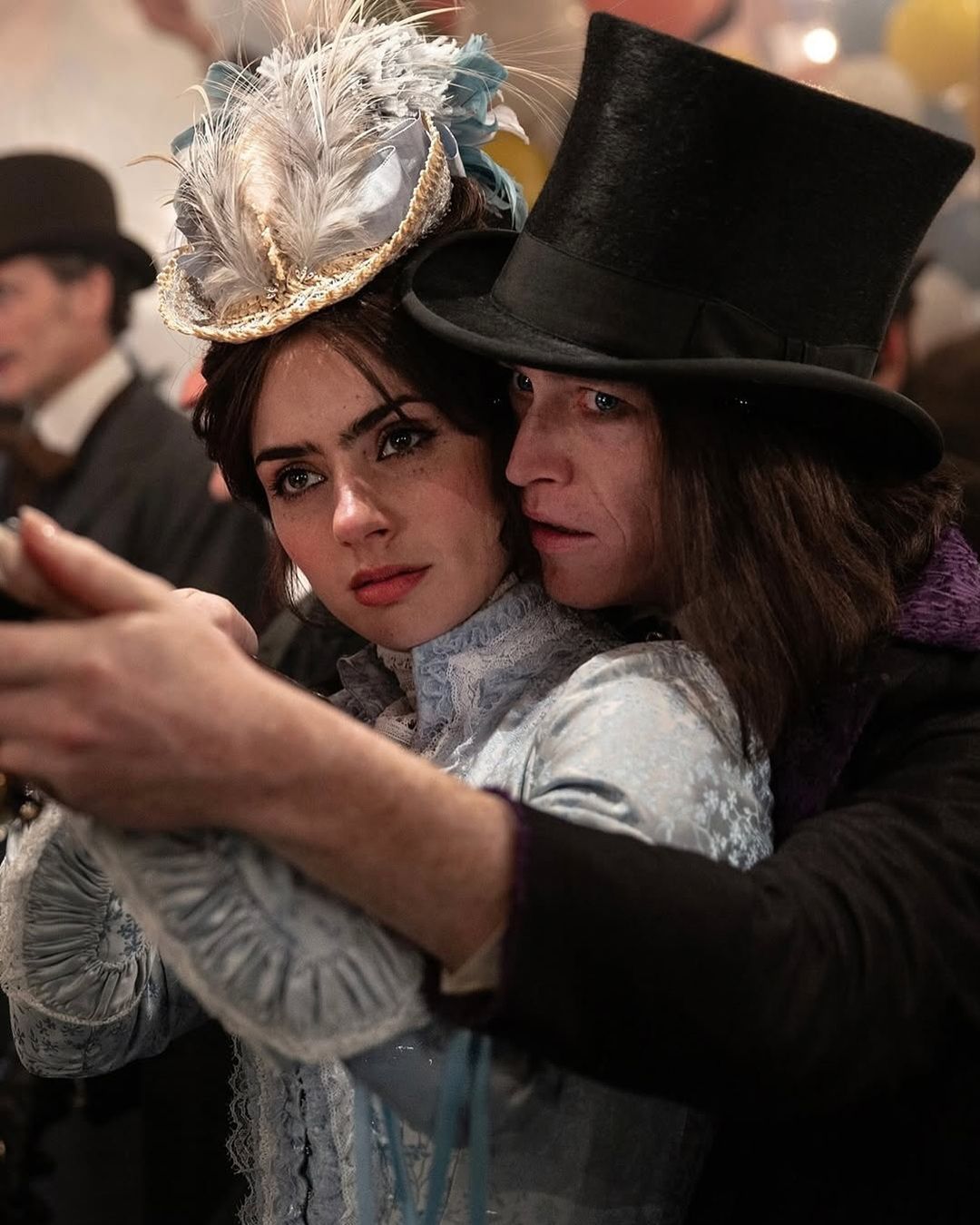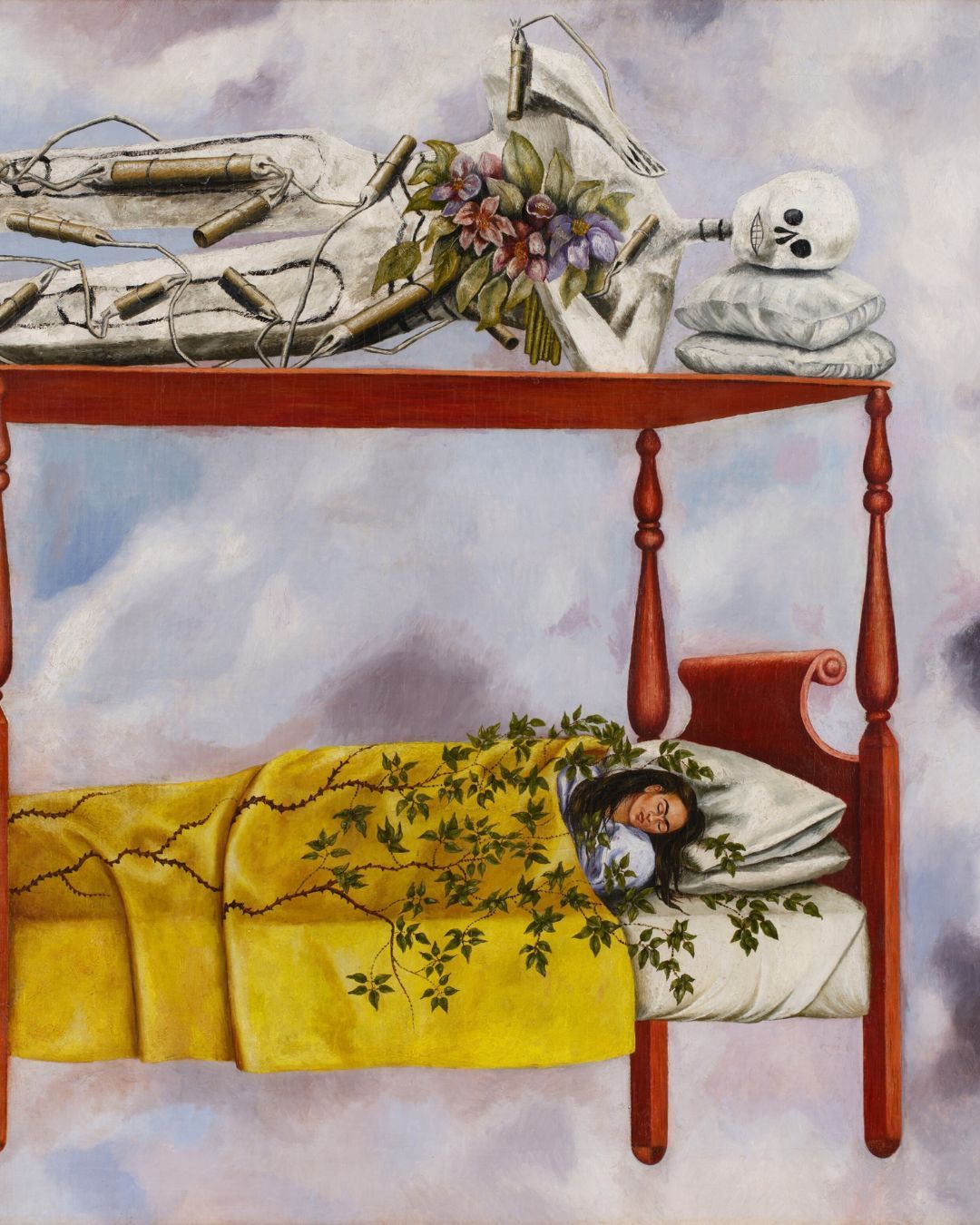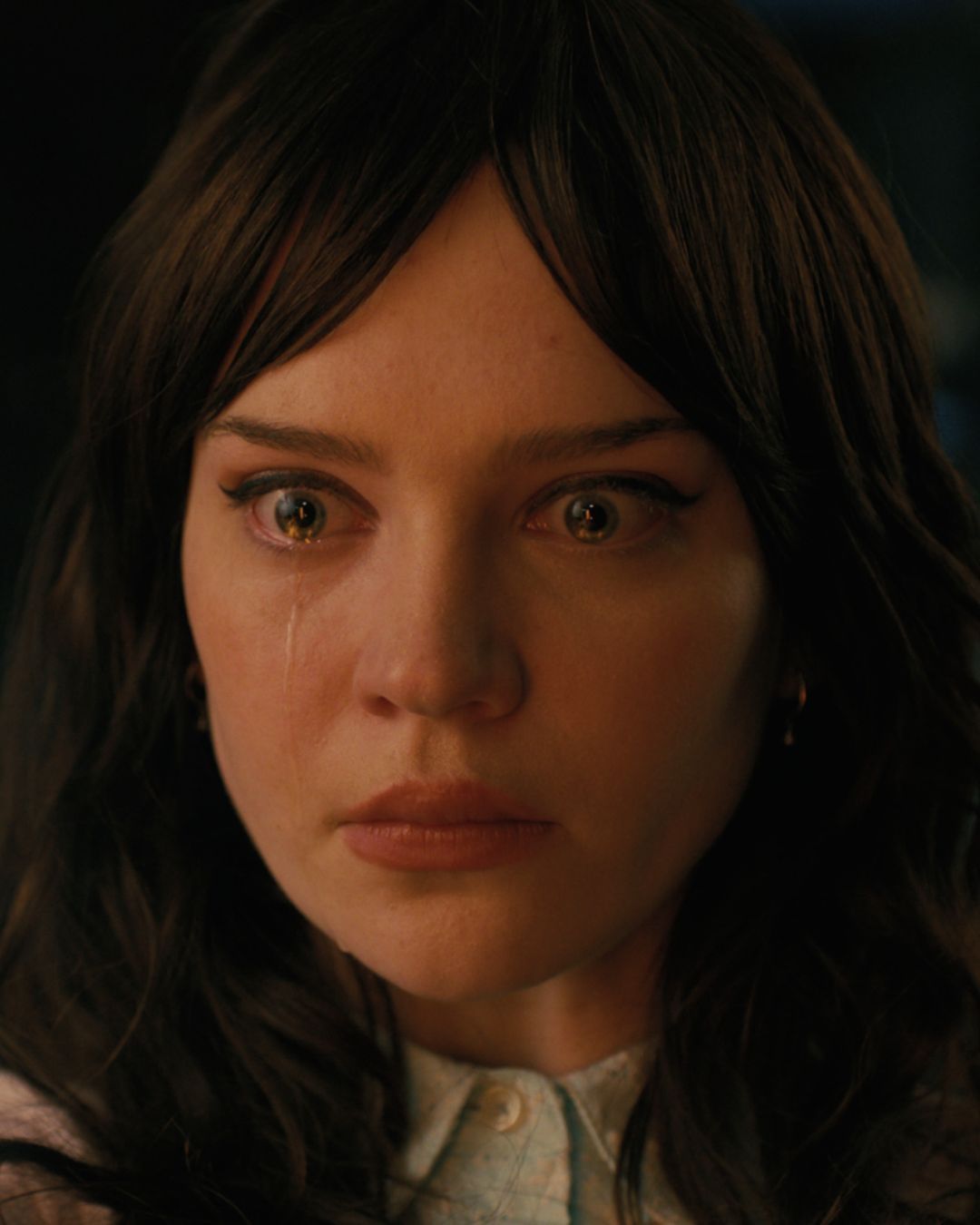
The manic pixie dream girl is dead and Companion killed her The perfect dolls turn out to be homicidal, and the horror is feminist
In 2012, Ruby Sparks—a romantic fantasy comedy written by Zoe Kazan and directed by Valerie Faris and Jonathan Dayton—subverted the trope of the manic pixie dream girl. In the film, the protagonist—an anxious, egocentric, and somewhat frustrated writer—struggles to come to terms with his own creation, the perfect girl he wrote into existence, as she starts to evolve beyond his expectations. A witty yet light critique of the male ego, an analysis of the creative process, and an exploration of the male writer figure, the film was one of the first to deconstruct the idea of the male creator who self-inserts into his own work and exploits his female co-star—those quirky, adorable women who exist solely for his character development and growth. In a way, Companion—written and directed by Drew Hancock and hitting Italian theaters on January 30—follows this same path, taking it to its extreme consequences and delivering a horror film that is fun, entertaining, and surprisingly original.
What is a manic pixie dream girl?
Let’s take a step back. The term manic pixie dream girl was coined by film critic Nathan Rabin in 2007. According to him, this character "exists solely in the fevered imaginations of screenwriters and directors, meant to teach brooding young men to embrace life and its adventures." Though the film that inspired the term was Elizabethtown, starring Kirsten Dunst, a quick mental tally reveals that we’ve seen these co-stars countless times before. Just think of Woody Allen and Christopher Nolan’s films, or how many screenwriters seem determined to avoid writing complex and nuanced female roles that exist independently. The term, for this reason, became extremely popular, losing part of its original meaning and often being misused to describe actresses or women on social media, running the risk of becoming misogynistic despite its initially critical intent.
@riribibi_ mpdg is back after 3 months i just couldn’t contain my kooky tendencies any longer #pov #quirky Us - Regina Spektor
Companion and the destruction of the empty, beautiful, and adorable co-star
Nearly 20 years later, Companion introduces us to an adorable girl, with a headband, doll-like outfits, pale skin, and perfect eyeliner, played by Sophie Thatcher. Everything about her exudes manic pixie energy, even her charmingly imperfect front teeth. She’s introduced as the sweet, deeply (and conveniently, we might add) insecure girlfriend, madly in love with a seemingly ordinary guy who, through her eyes, appears extraordinary. The film doesn’t beat around the bush—it tells us right away that this Barbie-like bundle of sweetness is going to kill him. Between the idyllic supermarket meet-cute and the bloodshed that follows, there’s a shocking revelation: the complete dismantling of the idea of the perfect, moldable, aesthetically pleasing girlfriend—the ultimate arm candy for a man who is revealed to be increasingly mediocre, frustrated, and insecure.
The implications of new technologies for feminism
On top of all this, the film offers a disturbing reflection on modern times—the rise of technology, Artificial Intelligence, algorithms, and how they intersect with the dating world, our loneliness, isolation, alienation, and the rise of incel movements. This isn’t new—science fiction writers have been exploring these themes for years. For a taste, just read Le Visionarie, an anthology on the topic by Nero Editions. What makes Companion stand out, however, is its sharp and refreshing tone. It doesn’t sugarcoat or coddle the male ego—it attacks and ridicules it. And honestly? That’s not a bad thing.






